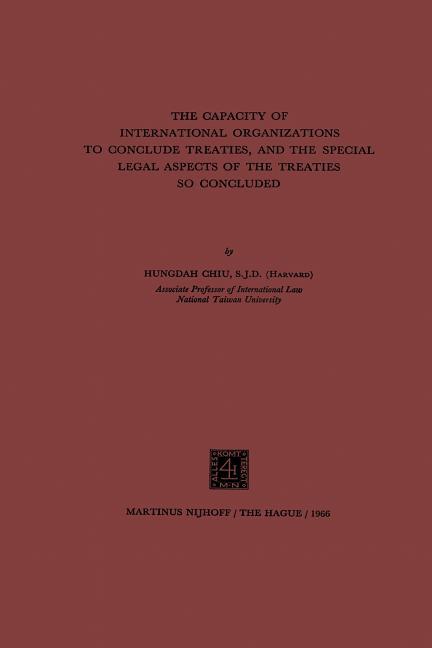Description
Mter an international organization is established, if it is necessary for it to acquire certain rights or assume duties or new functions not provided in its constitution, there are four techniques to achieve that 1 end. The first is to amend the constitution of the organization. If the organization has only a limited number of members, then this technique is not too cumbersome. But, the procedure for amending a constitution is usually complicated and requires a substantial period of time. Thus this technique has at least the disadvantage of delay. 2 The second technique is to conclude a treaty among the member States of the organization. The organization is not a party to that treaty, but it can acquire some rights, assume some duties, or new functions under the treaty. 3 The disadvantage of this technique is similar to the first one, i. e., the conclusion of a multilateral treaty may mean delay since the procedure involved is so complicated and cumber- some. 1 E. g., the Constitution of the ILO, Cmd. No. 393 (T. S. No. 4 of 1919), [1919] 13 Foreign ReI. U. S.: Paris Conf. 695 (1947), was amended on October 9, 1946,62 Stat. 3485, T. I. A. S. No. 1868, 15 U. N. T. S.
Last updated on
Product Details
- Springer Brand
- Jan 1, 1966 Pub Date:
- 9401503532 ISBN-10:
- 9789401503532 ISBN-13:
- English Language
- 9.25 in * 0.55 in * 6.1 in Dimensions:
- 1 lb Weight:




